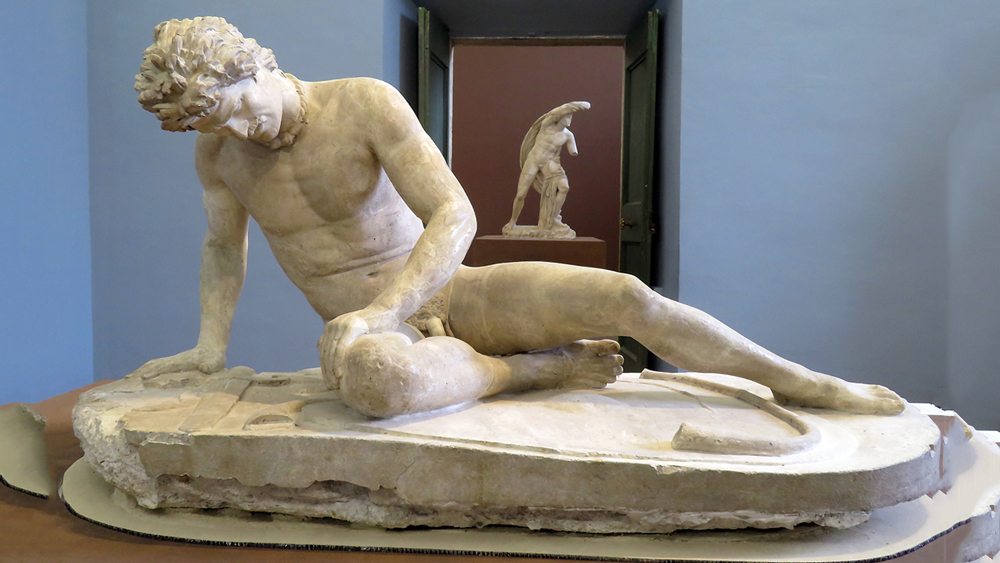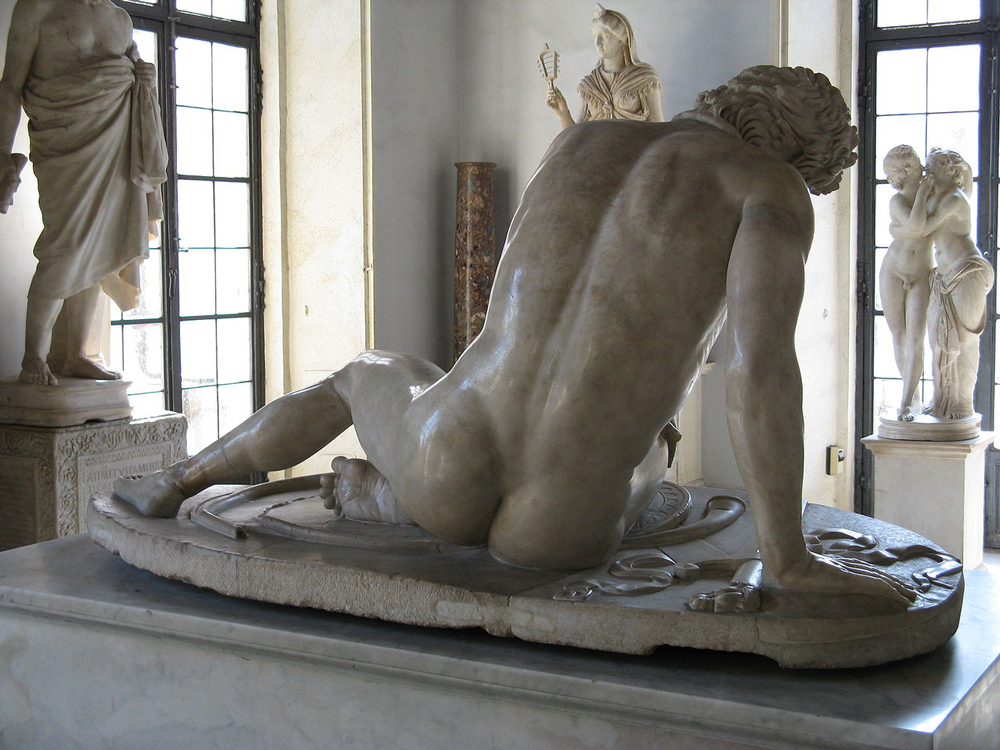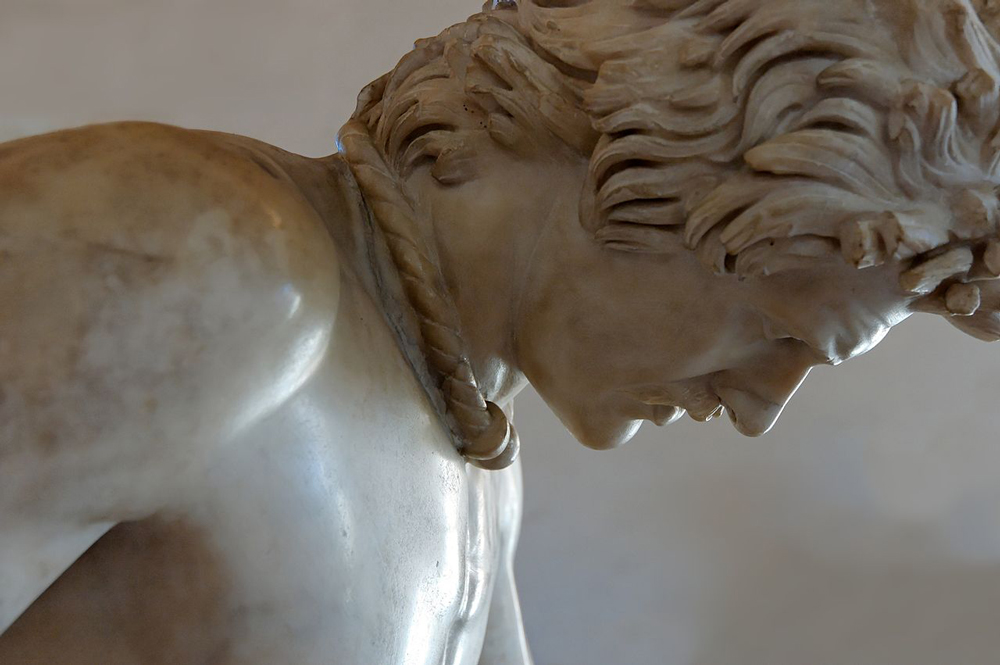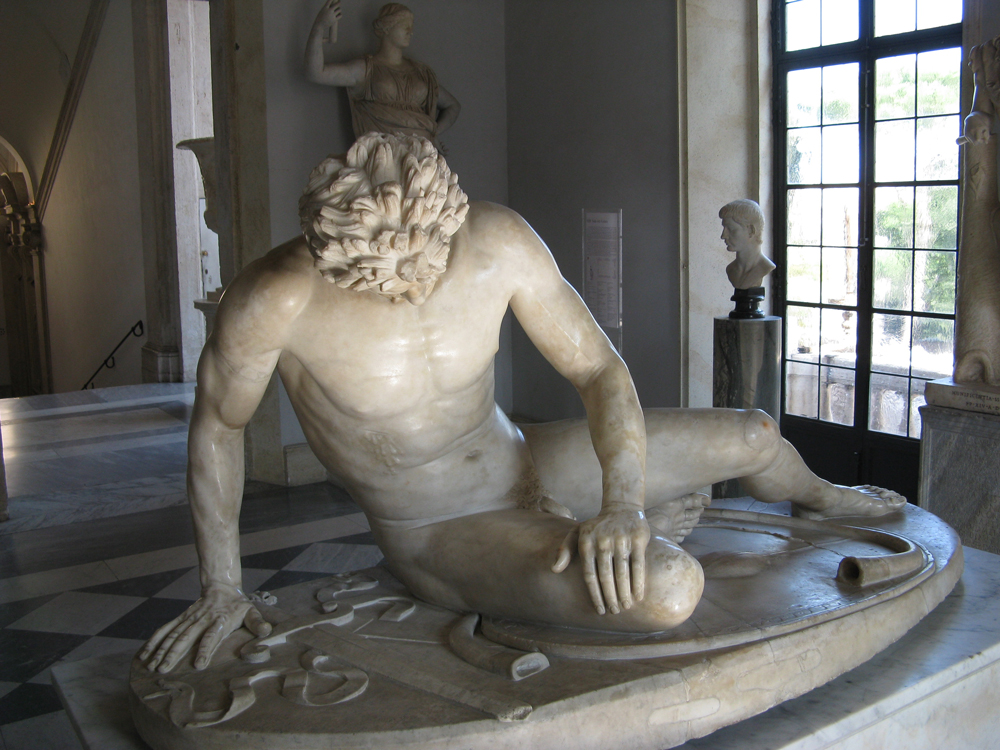Introduction

In the Caprolin Museum in Rome, a majestic marble sculpture sits with its head bowed, its expression painful and hopeless, which is the charm of ‘The Dying Gaul’. This ancient Roman semi reclining sculpture is actually a replica, originally from the Hellenistic period (323-31 BC), and may have originally been a bronze sculpture. This article will provide an in-depth introduction to the sculpture “The Dying Gaul”, including its history, creative background, artistic characteristics, and the story behind it.
The Dying Gaul and History

The history of the sculpture ‘The Dying Gaul’ can be traced back to the ancient Greek and Roman periods. Although this existing marble sculpture is a replica of ancient Rome, it was originally a lost Greek sculpture made of bronze. The original work is believed to have been commissioned between 230 and 220 BC by King Atalus I of Pegasus to celebrate his victory over the Celtic or Gaulish people in parts of Asia Minor. The Galats were descendants of the ancient Gauls who settled in present-day Asia Minor.
Original Sculptor and Creation

It is believed that the original sculptor was Epigonus, the court sculptor of Pegomon, who was a member of the Atalid dynasty of Pegomon. Epigonos is known for his skills and profound understanding of human body structure, and his works are often filled with realism and expressiveness.
Artistic characteristics
The sculpture ‘The Dying Gaul’ is renowned for its unique artistic features and details:
Exquisite expression: The sculpture depicts a dying Gaul, with a clear expression of pain and fear on his face. The expression is delicate and touching, vividly capturing the emotions of a moment of life and death.
Realistic details: The details in the sculpture, such as curled hair, accessories, and belts, all demonstrate stunning craftsmanship and exquisite craftsmanship.
Muscle expression: The carving of muscles in the work is particularly outstanding, demonstrating the artist’s profound understanding of human body structure. The lines and curves of the muscles enhance the realism of the sculpture.

The Victory and Tragedy Behind the Story
The story conveyed in “The Dying Gaul” is not only the despair of a dying soldier, but also a historical witness. This sculpture was created to commemorate the victory of Atalus I over the Galatians under the leadership of the Kingdom of Pergamon. The Galatians once threatened the stability of the Asia Minor region, and Atalus I’s victory was seen as saving the region from the threat of invasion. The sculpture captures the moment when a Gaul warrior’s life is coming to an end, showcasing his courage and despair to the fullest.
The Modern Influence of ‘The Dying Gaul’
This ancient sculpture still has a profound impact in modern times:
Artistic value: “The Dying Gaul” represents the artistic style of the Hellenistic period and has had a profound impact on later art and sculpture. It is considered one of the masterpieces of ancient art, providing inspiration for future artists.
Historical Witness: This sculpture is not only a work of art, but also a witness to history. It witnessed the victory of a king and the fate of a nation, and forever engraved this section of history on marble.

Cultural exchange: The Dying Gaul is a symbol of ancient cultural and civilized exchange. It represents the contact and influence between different cultures, emphasizing the cross-cultural power of art.
Conclusion
The sculpture ‘The Dying Gaul’ is a treasure of ancient art with profound historical and artistic value. It is not only a work of art, but also a witness to a story, showcasing the courage and resilience of a Gaul warrior in moments of despair. This sculpture continues to inspire people’s love and exploration of ancient art, history, and culture, and is an eternal symbol of art and human wisdom.

